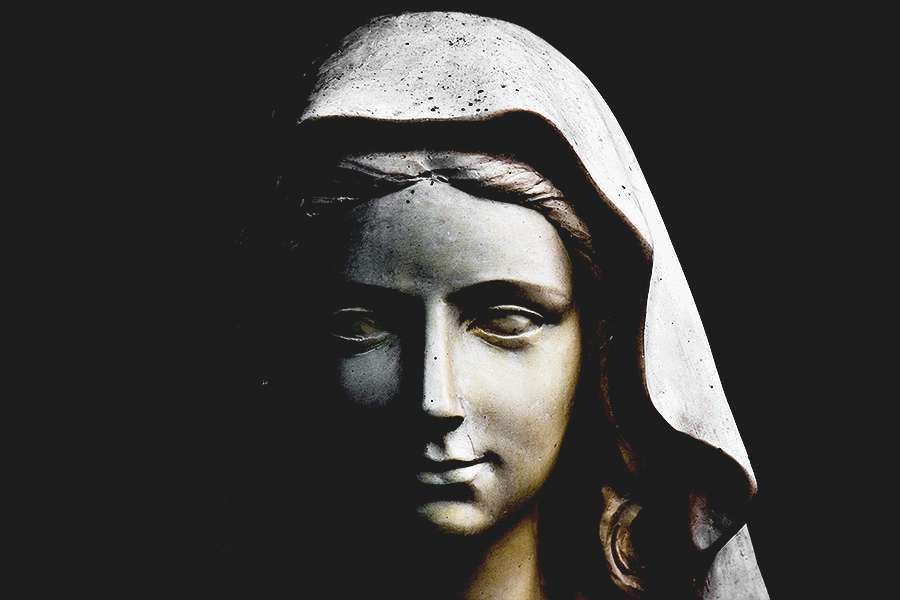
The Catholic Worker Movement was co-founded by Dorothy Day and Peter Maurin with the first edition of the Catholic Worker newspaper on May 1, 1933. Their aim was to offer workers and the poor a Catholic alternative to the revolutionary uprisings of the times. Peter Maurin had a plan to "blow the dynamite of the Church" by making its social teachings better known and by living the Gospel through works of mercy. He called for a "Green Revolution" (as opposed to Red) to mimic the strengths of Irish monasticism.
In the January 1973 issue of the Catholic Worker Dorothy Day wrote:
"How good it would be to see the Church closer and closer to poverty and the poor; little schools set up on every block, in idle rooms, in empty buildings, with the students themselves helping repair them and getting meanwhile some sense of the joy of manual labor (and the pains of it, too). And idle Church-owned lands given over to the disorderly poor, the unworthy poor, to build up little villages of huts, tepees, log cabins, yes, even outhouses, which might come to resemble (if a Church of sorts were built in the center) an ancient Irish monastery. Ireland used to be called the land of saints and scholars."
Ancient Irish monasteries were villages within stone walls, whose inhabitants included religious, clergy, students, farmers, artisans, families, the poor and the sick, and travelers. As a result of painstaking hand-copying of secular and sacred manuscripts, Irish monasteries were keepers of literature and culture. They were also early examples of unity in diversity.
Sri Aurobindo and the Mother quietly started a revolution in spirituality in Pondicherry, India, by developing an Integral Yoga for evolution of consciousness to realize oneness with the Divine without renunciation of the world, but also aimed at drawing down the higher consciousness to divinize the world. In 1968 the Mother inaugurated Auroville, the City of Dawn, as a place to realize their ideals of human unity.
Sri Aurobindo also cracked the code of the Veda in India, revealing its timeless message of spiritual evolution, one which undergirds Christianity as well. Understanding the Rishis' lived experience of God in light of Sri Aurobindo's work opens Christian scripture and tradition in profound and renewing ways.
Independent Catholicism dates from the early 20th century, with unbroken apostolic succession from the founding of the Church in the first century A.D. The Liberal Catholic Church International is a fully inclusive subset of this movement. It retains all seven sacraments, while extending freedom of conscience to its members. Coupled with congregational worship is service of the marginalized.